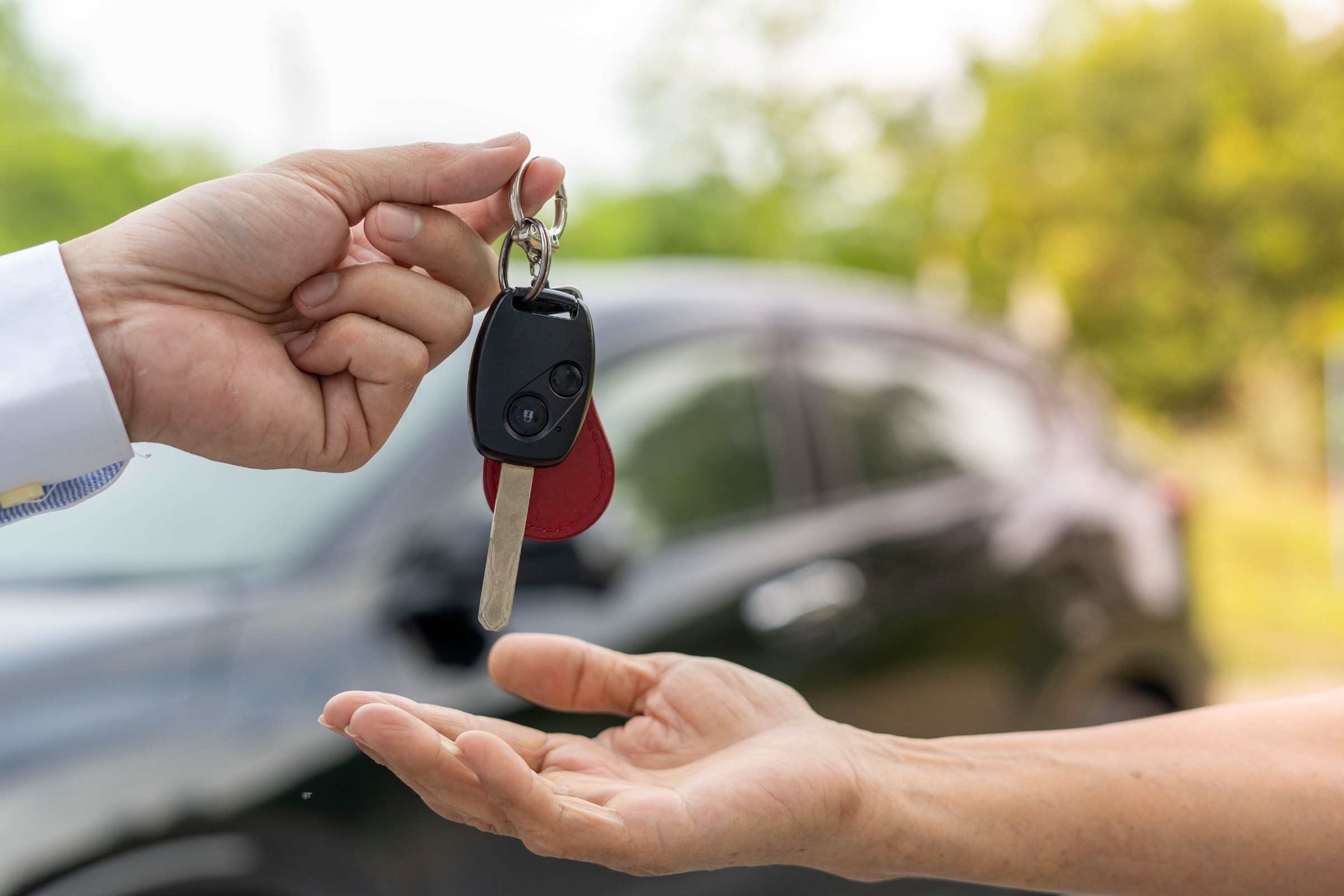
Deciding whether to trade in your car or sell it privately can be tricky. Each option has its pros and cons, depending on what matters most to you. Here’s a quick look at both to help you choose the best path.
Trade-In vs Sell: Choosing the Best Option
Trade-In
Trade-in offers convenience and simplicity, making it an attractive choice for many vehicle owners. Here are some factors to consider:
Convenience
Trading in your vehicle is a straightforward process. You can negotiate a trade-in value with the dealership while purchasing your new vehicle, saving you time and effort.
Simplicity
Dealerships handle all the paperwork involved in the transaction, including transferring ownership and canceling registration. This eliminates the need for you to navigate the selling process independently.
Potential Savings
Trading in your vehicle can potentially save you money on sales tax. In some countries, the sales tax is calculated based on the difference between the purchase price of the new vehicle and the trade-in value.
However, pulling the trigger on a trade-in will also require a harder look at the market. Joshua Dowling of Drive reported in January 2023 that used-car trade-in prices are steadily going down in a supposedly post-pandemic climate. He took note of a certain veteran auto wholesaler who claimed trade-in values went down 15 per cent in the last months of 2022, except for some utes and SUVs in near-factory condition. Another wholesaler lamented the practical disappearance of people willing to pay as much as $10k over retail to buy a relatively new vehicle.
If you are trading in or selling an EV at respectable prices, even that front will have rough bumps. A December 2023 study by the Australian Automotive Dealers Association and AutoGrab revealed that EVs up to two years old at that point still retained 82.8 per cent of their purchase value but those around five years old were worth just 25 per cent of their original value.
Sell
Selling your vehicle privately offers potential financial benefits, but it requires more effort on your part. Consider the following aspects:
Maximise Financial Return
Selling your vehicle privately often results in a higher selling price compared to trade-in offers. You have the opportunity to set the price and negotiate with potential buyers directly, potentially maximising your financial return.
Wider Market Reach
Selling privately allows you to tap into a larger pool of potential buyers beyond the limited audience of a dealership. Online platforms and classified ads provide access to a broader market, increasing the chances of finding a buyer willing to pay your desired price.
Transparency and Control
Selling your vehicle privately allows you to be involved in every aspect of the transaction. You can provide detailed information, showcase the vehicle’s condition, and have more control over the negotiation process.
Maximise Your Vehicle’s Value
Research and Set a Fair Price
Before listing your vehicle for sale or negotiating a trade-in, research its market value. Consider factors such as the vehicle’s age, mileage, condition, and comparable listings. Setting a fair and competitive price is crucial for attracting potential buyers or receiving a satisfactory trade-in offer. The team at Westside Auto claimed that in terms of mileage, trade lots want to pay close to a premium for vehicles with a few kilometres logged on the odometer, but those that have ran over 100,000km and are still in wonderful condition may be considered for at least a fair price.
Prepare and Present Your Vehicle
Invest time in preparing your vehicle for sale or trade-in. Clean and detail the interior and exterior, address any minor repairs or maintenance needs, and gather all relevant documentation, including service records and ownership documents. Tom Fraser of Which Car said a roadworthiness certificate will be an added element in the document trove, especially if the vehicle is in the state or territorial registration database. Presenting your vehicle in its best condition enhances its appeal and potential value.
Advertise Effectively
If selling privately, create compelling and accurate advertisements. Include high-quality photos that showcase your vehicle’s features, highlight its maintenance history, and provide a detailed and honest description. Classified ads in the paper or online, and social media marketplaces are touted as suitable locations to promote your vehicle. However, for privacy purposes, the vehicle’s licence plates must not be attached when you post the pictures in the online ad or edit the pictures to mask out the plates.
Negotiate Wisely
Whether negotiating a trade-in or sale, approach the process with a clear understanding of your vehicle’s value and your desired outcome. Be prepared to negotiate, but also set a minimum price or trade-in value that you find acceptable. Remember to consider the overall deal when evaluating trade-in offers, including factors such as the purchase price of the new vehicle and any incentives or financing options provided.
Be Cautious and Secure
The maxim “Safety first” is at a premium when selling vehicles privately. Verify the identities of potential buyers, meet in well-lit and public locations, and consider having a friend or family member present during the transaction. Be cautious when accepting payment, and ensure all necessary paperwork and transfer of ownership are completed correctly.
Conclusion
Deciding whether to trade in your vehicle or sell it privately depends on your priorities, convenience, and financial goals. Trading in offers convenience and simplicity, while selling privately provides the potential for a higher financial return. A combination of thorough research, vehicle prep, effective advertising, and wise negotiations, among others may help you secure the best price for your trade-in or sale.
DISCLAIMER: This article is for informational purposes only and does not constitute official finance advice on auto sales. QUICKLE has no relationships with any stakeholders in the auto industry.
